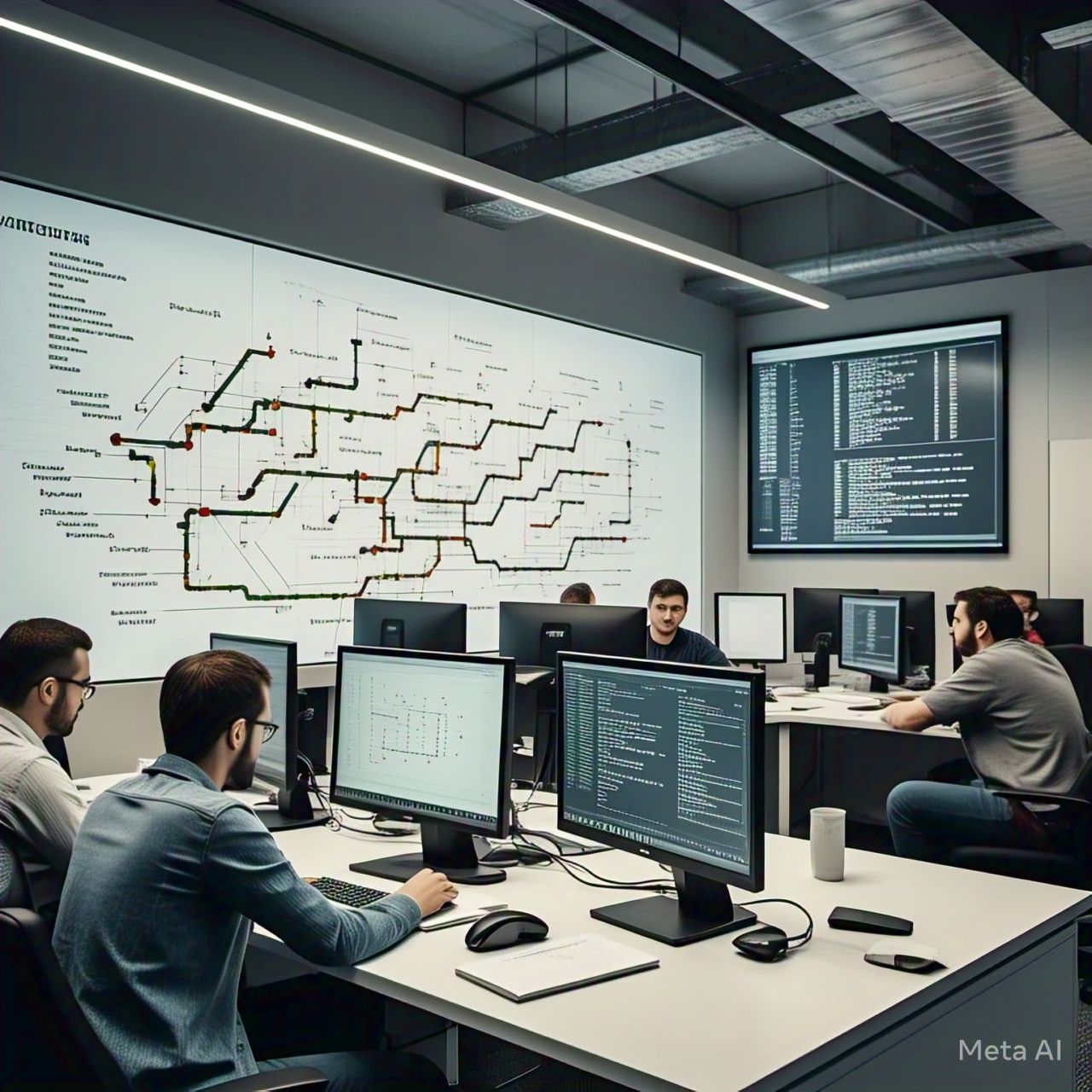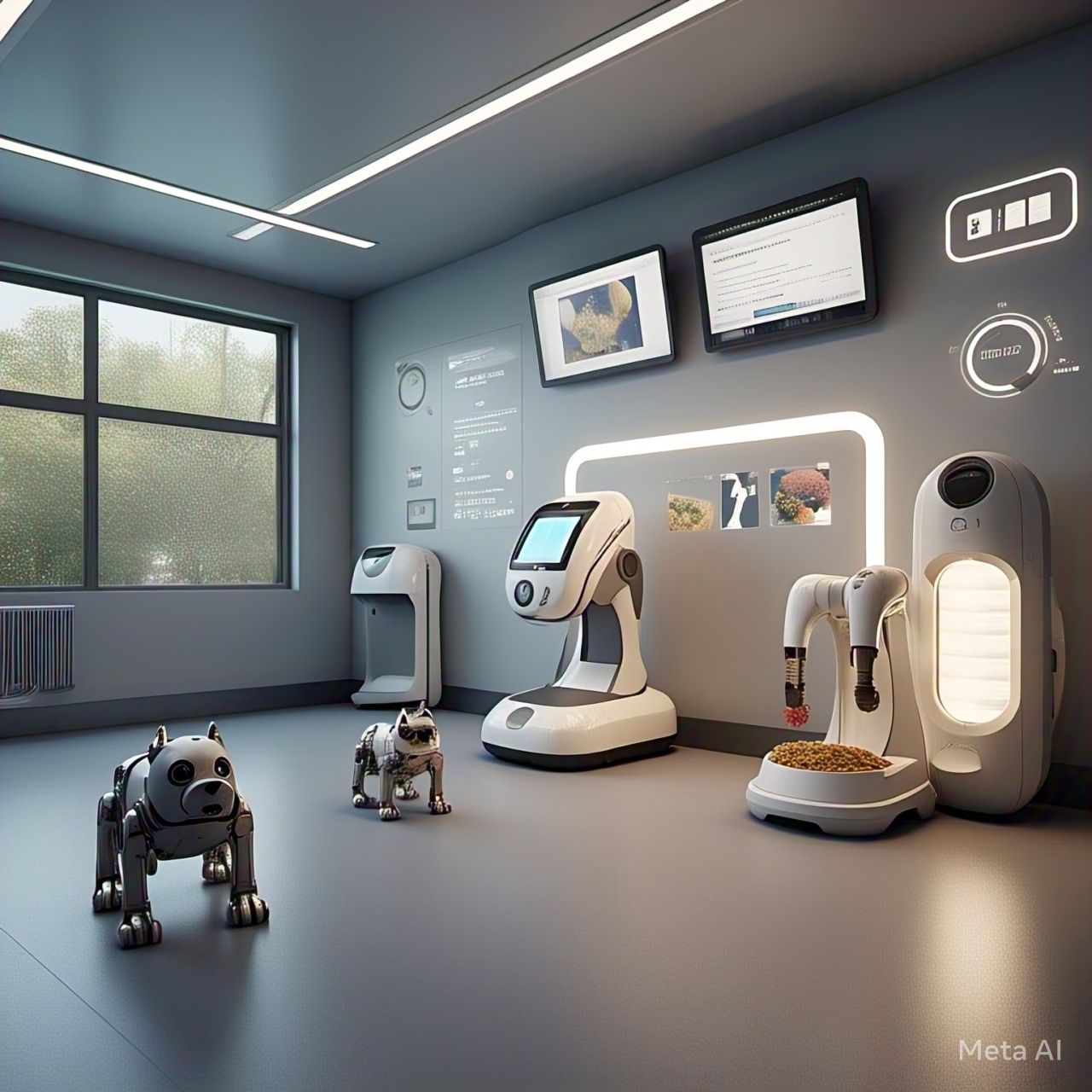Table of Contents
- Introduction
- Understanding Microservices Architecture
- How Microservices Differ from Monolithic Architecture
- Benefits of Microservices Architecture
- Challenges of Microservices Architecture
- Key Components of a Microservices System
- Best Practices for Implementing Microservices
- The Role of DevOps and CI/CD in Microservices
- Security Considerations in Microservices
- Future Trends in Microservices Architecture
- Conclusion
- FAQs
1. Introduction
In the modern digital era, businesses require applications that are scalable, resilient, and easy to maintain. Microservices architecture has emerged as the ideal solution for building robust, scalable applications. Unlike traditional monolithic architectures, microservices enable organizations to develop, deploy, and scale different components of an application independently. This article explores the fundamentals of microservices architecture, its benefits, challenges, key components, and best practices for implementation.
2. Understanding Microservices Architecture
Microservices architecture is a software development approach where applications are built as a collection of loosely coupled, independently deployable services. Each service is responsible for a specific business function and communicates with other services via APIs. This modular approach enables rapid development, deployment, and scaling of applications.
Key Characteristics:
- Independence: Each microservice runs independently, reducing dependencies.
- Scalability: Services can scale independently based on demand.
- Resilience: Failure in one service does not impact the entire system.
- Technology Agnostic: Different services can be built using different technologies.
- Continuous Deployment: Enables frequent updates and improvements.
3. How Microservices Differ from Monolithic Architecture
| Feature | Microservices Architecture | Monolithic Architecture |
|---|---|---|
| Scalability | Scales individual services | Requires scaling entire application |
| Deployment | Continuous deployment possible | Entire application must be redeployed |
| Technology Stack | Can use multiple technologies | Typically a single technology stack |
| Fault Isolation | Failure in one service does not affect others | A single failure can bring down the entire system |
| Development Speed | Faster development cycles | Slower due to interdependencies |
4. Benefits of Microservices Architecture
- Improved Scalability – Services can be scaled independently based on demand.
- Faster Development and Deployment – Teams can work on different services simultaneously, leading to faster releases.
- Enhanced Fault Tolerance – If one service fails, it does not affect the entire system.
- Flexibility in Technology Stack – Teams can use different technologies for different services.
- Better Resource Utilization – Services only consume the resources they need, improving efficiency.
- Easier Maintenance and Updates – Smaller, independent services are easier to update and maintain.
5. Challenges of Microservices Architecture
While microservices offer significant advantages, they also come with challenges:
- Increased Complexity – Managing multiple services requires more effort.
- Inter-Service Communication – Requires well-designed APIs and service discovery.
- Data Management – Maintaining consistency across services is challenging.
- Security Risks – More services mean more potential attack surfaces.
- Higher Operational Overhead – Requires strong DevOps practices for monitoring and orchestration.
6. Key Components of a Microservices System
- API Gateway – Manages requests between clients and microservices.
- Service Registry and Discovery – Helps locate and manage microservices dynamically.
- Load Balancer – Distributes traffic among services efficiently.
- Containerization – Platforms like Docker and Kubernetes simplify deployment.
- Event-Driven Communication – Message brokers like Kafka ensure asynchronous processing.
- Monitoring and Logging – Tools like Prometheus and ELK stack provide insights into system health.
7. Best Practices for Implementing Microservices
- Design for Failure – Implement retry mechanisms and circuit breakers.
- Use API Contracts – Define clear API specifications to facilitate service communication.
- Adopt DevOps Culture – Automate deployments, testing, and monitoring.
- Ensure Security – Implement authentication, authorization, and data encryption.
- Containerize Services – Use Docker and Kubernetes for efficient deployment and scaling.
- Centralized Logging and Monitoring – Track logs and performance metrics for troubleshooting.
- Limit Service Dependencies – Reduce interdependencies to maintain service independence.
8. The Role of DevOps and CI/CD in Microservices
DevOps and CI/CD (Continuous Integration/Continuous Deployment) play a crucial role in microservices architecture:
- Automated Testing: Ensures each microservice functions correctly before deployment.
- Continuous Deployment: Enables frequent, incremental updates without downtime.
- Infrastructure as Code (IaC): Automates infrastructure setup using tools like Terraform.
- Monitoring and Logging: Provides real-time insights into system performance.
9. Security Considerations in Microservices
- API Security – Implement OAuth2, JWT, and API gateways to secure communications.
- Data Encryption – Encrypt data at rest and in transit.
- Zero Trust Architecture – Verify every request instead of assuming trust within the system.
- Service Access Control – Implement role-based access control (RBAC).
- Security Testing – Regular vulnerability assessments and penetration testing.
10. Future Trends in Microservices Architecture
- AI-Driven Automation – AI-powered tools for monitoring and optimizing microservices.
- Serverless Computing – Reducing infrastructure management by leveraging platforms like AWS Lambda.
- Service Mesh Adoption – Tools like Istio simplify service-to-service communication.
- Edge Computing Integration – Running microservices closer to users for lower latency.
- Hybrid Cloud Implementations – Combining on-premise and cloud microservices.
11. Conclusion
Microservices architecture has become the backbone of scalable applications, enabling organizations to build and deploy software efficiently. While it offers numerous benefits such as scalability, flexibility, and faster development, it also comes with challenges like complexity and security risks. By adopting best practices, leveraging DevOps, and implementing strong security measures, businesses can successfully harness the power of microservices.
12. FAQs
1. What is microservices architecture?
Microservices architecture is a software development approach where applications are composed of small, independent services that communicate through APIs.
2. How does microservices architecture improve scalability?
Each microservice can be scaled independently based on demand, optimizing resource utilization.
3. What are the main challenges of microservices?
Challenges include increased complexity, inter-service communication, data consistency, and security risks.
4. How do microservices communicate?
Microservices communicate using REST APIs, gRPC, event-driven messaging, or message brokers like Kafka.
5. What technologies are commonly used in microservices?
Common technologies include Docker, Kubernetes, Spring Boot, API Gateways, and monitoring tools like Prometheus.
6. Can microservices be used in all applications?
While microservices offer flexibility, they are best suited for large, scalable applications rather than small projects.
7. What role does DevOps play in microservices?
DevOps ensures automation, continuous deployment, monitoring, and infrastructure management for microservices.




